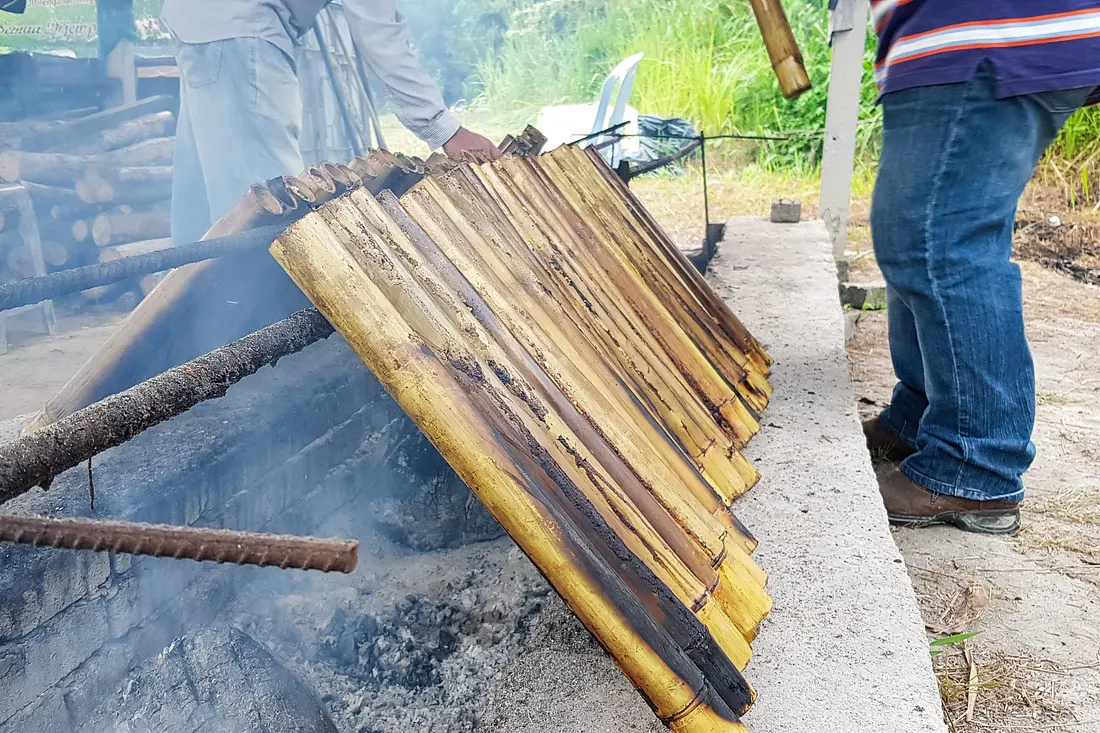Project Overview
During the COVID-19 pandemic, a family lemang business faced a surge in online demand but was crippled by manual backend operations. I stepped in to design and build a no-code system connecting Google Forms, Sheets, My Maps, and Glide to automate their entire workflow, from order intake to last-mile delivery planning.
Problem & Goals
As Ramadhan approached, dozens of agents submitted orders via WhatsApp in inconsistent formats. This manual compilation led to errors, missed details, and an inability to scale. The primary goal was to replace this chaos with a structured digital system that could automate tracking and give agents visibility, with a later goal of coordinating delivery logistics.

Process & Approach
1. A Simple Google Form
The first step was to replace messy WhatsApp orders with a structured Google Form. This immediately centralized order intake, providing a consistent data structure connected directly to a Google Sheet.

2. An Automated Dashboard
Using formulas like QUERY and FILTER in Google Sheets, I built a live dashboard that automatically processed form data. It summarized daily sales, costs, and delivery types, becoming the team's single source of truth for operations.

3. Scaling Delivery with My Maps
As order volume peaked, I linked the Google Sheet to Google My Maps. Each delivery was plotted as a pin with full customer details, allowing for efficient, zone-based rider assignments across the Klang Valley.

Outcomes
Reflection
This project was a powerful reminder that design is not always about UI; it is about making systems work for people. By understanding the real-world context and using simple, accessible tools, we built a system that delivered immense value, scaled under pressure, and helped a family business thrive during a critical time.
